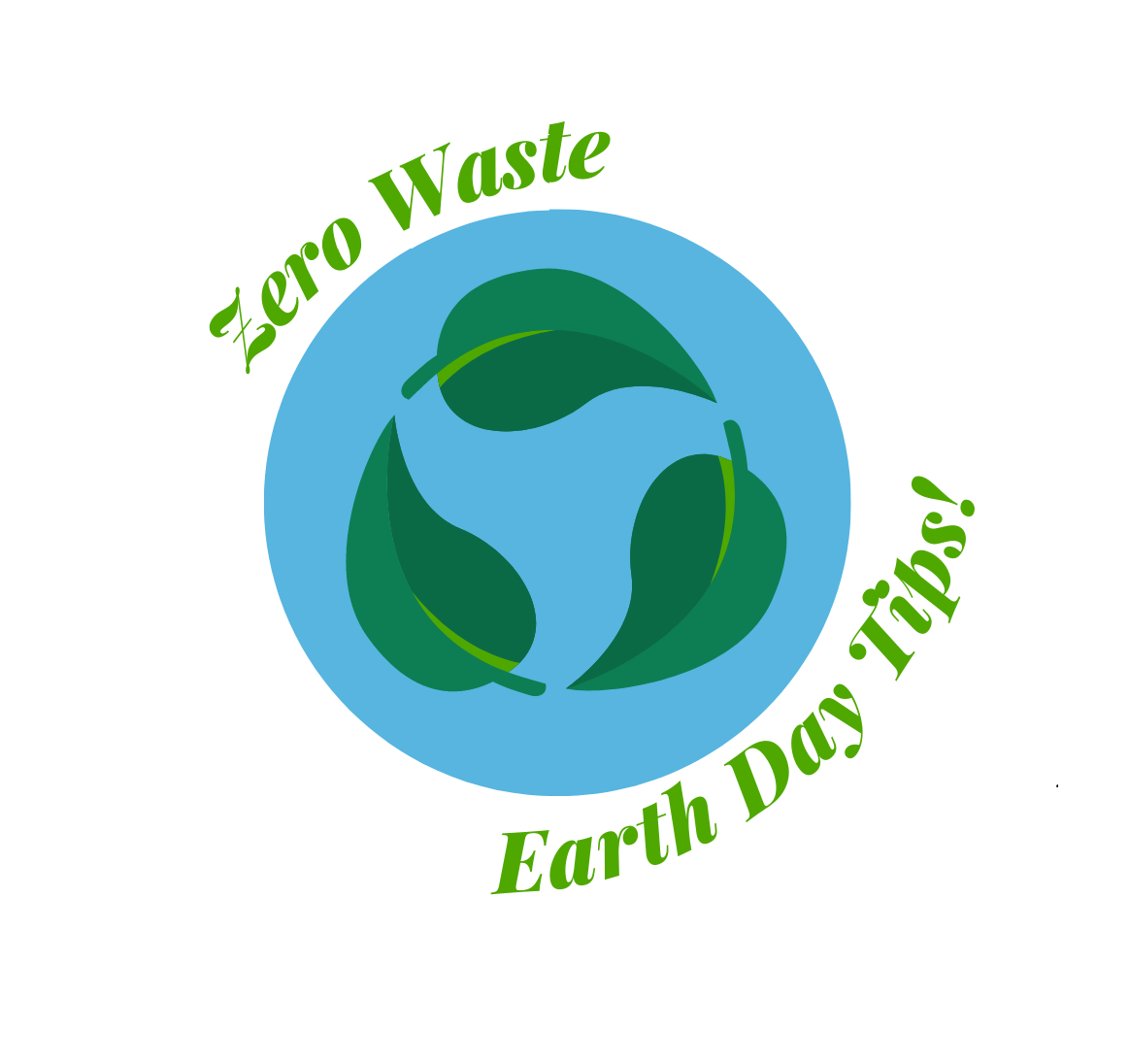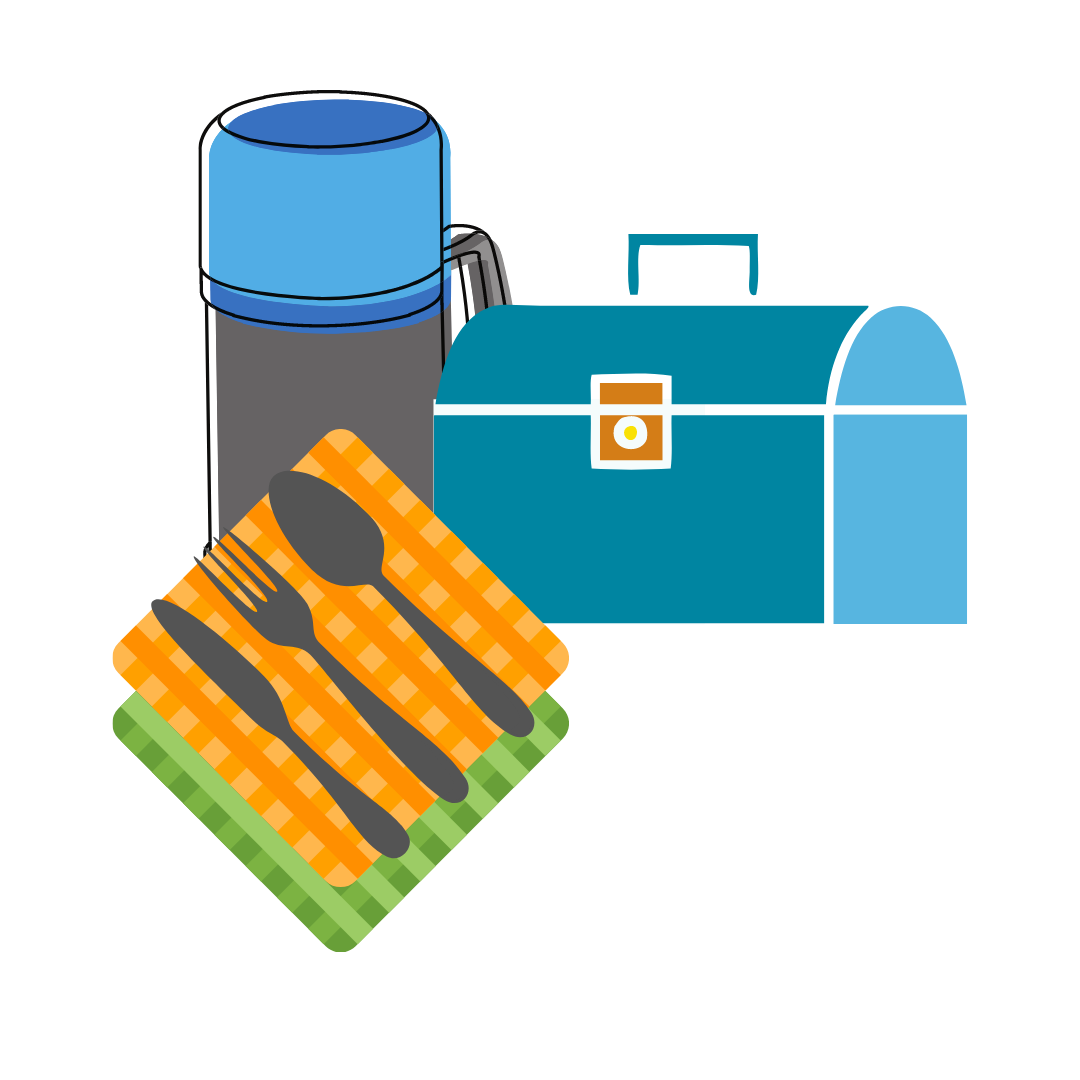
Have you ever felt overwhelmed by the idea of going zero waste in your life? Most people who want to produce minimum amounts of waste are afraid of the extra costs and hassle that comes from a zero waste lifestyle. Here are a few tips and tricks to get you started while keeping cost low and hassle even lower.
1. Use Glass Jars

Glass jars are your friend for a zero waste lifestyle. They are (usually) free, environmentally friendly, easy to clean, and are easy to use. Bring glass jars with you when you purchase any bulk items, use them for storing leftovers in the fridge or freezer, use them as everyday glasses (and pre-make your cold brew coffee in them), and use them to pack you lunch. Glass jars replace so many other storage containers, and there is no need to buy one. If a jar breaks, there is a plentiful supply of more free glass jars almost everywhere we go.
2. Upcycle Garbage Bags

Line your garbage and recycling bin without buying garbage bags - Depending on the size of your bin, what you put in it and how often you fill it, there are plenty of zero waste solutions that don’t cost a cent. Use your paper bags from the grocery store instead of the tradition trash bag, or line your bin with newspapers.
If you need a waterproof/plastic liner, consider what other packaging you buy that you could repurpose. Some ideas are plastic bread bags, empty potato chip packets, or pet food/litter bags. If you don’t have enough, ask your friends, family and work colleagues.
3. Repurpose Food Scraps
We throw so much food away that is still perfectly edible but we just are not sure how to use it. Here are just a few ideas on what to do for food scraps!

- Wash potato peelings, toss in a little oil and then bake in the oven for 10 mins or so each side until crispy. Free potato chips!
- Rather than chucking the broccoli stalk, cut the outer edges off, and dice or slice the soft green core. Add to pasta, stir-fries and curries just as you could the florets.
- Outer cauliflower leaves can be roasted – drizzle with olive oil, add plenty of garlic and roast until the green outers are crispy and the stems are soft. Alternatively, chop and add to curries.
- Save onion skins, the top green parts of leeks, carrot shavings, zucchini tips and other veggies scraps for making stock. Pop them into a glass jar, freeze, and when the jar is full boil it up to make a veggie broth. (The same can be done with animal bones to make meat/fish stock).
- Keep your apple cores and peels and make into your own apple cider vinegar – the only other thing you need is a tablespoon or so of sugar. Can be used in cooking, as a digestive tonic, for hair washing (yep, that’s a thing – and will save you buying conditioner) and even cleaning.
4. Compost Your Food Waste (for cheap or free!)

Setting up a compost bin, worm farm or bokashi system can cost money, but it doesn’t have to. The bins and buckets required for these things are often given away for free, or can be found at a second-hand store. Keep your eye out on online marketplaces too.
Worm farms can be made from repurposed polystyrene boxes (ask your local supermarket for theirs) – here’s a step-by-step guide on making a polystyrene box worm farm. Most community gardens or people with worm farms will give you a handful of composting worms for free to get you going.
A bokashi system can be used to compost food scraps even in small spaces.. You can make one yourself by using two repurposed white builder/food buckets placed one inside the other, with holes cut into the inner one to create drainage. Add in a spigot to easily use the quality compost tea.
If doing it yourself is just a step too far, find somewhere local that will take your food scraps for you. Community compost hubs and community gardens are everywhere, and so are willing backyard composters. You can try local gardening groups or dedicated sites like sharewaste.com to find people willing to take your compost - or if you have your own but would like more material, find someone looking!
5. Rethink Disposable - On The Go!
Being on the go doesn't mean you need to create waste or buy new! Rather than buying a water bottle or coffee cup, upcycle an old glass bottle.

Make a heat band or coffee cozy using elastic bands, or those silicone charity fundraising bracelets. If you’re crafty, sew or knit a band.
Rather than buying a lunchbox, buy a sturdy used one or use a glass jar or tea towel to wrap food. If you sew, you can make sandwich and snack bags from scrap fabric. Instead of buying a set of to-go cutlery, take your kitchen cutlery out with you. You can make a carrying bag with a bit of sewing, or wrap it in a cloth napkin.
6. Make Your Own Cleaning Cloths and Wipes

There’s no need to buy cloths, wipes, rags, paper towel or tissues for cleaning jobs. Simply repurpose old fabric that we would previously have recycled as rags. Old towels, bedding, T-shirts, work shirts, even underpants - if you’re not faint-hearted. Natural fibers work better over completely plastic polyester fabric.
These tips will help you get started on your zero waste journey. To learn more about how to reduce waste and how to get involved, please visit our Minnesota and ReThink Disposable pages and sign our pledge to reduce waste and Rethink Disposable!


